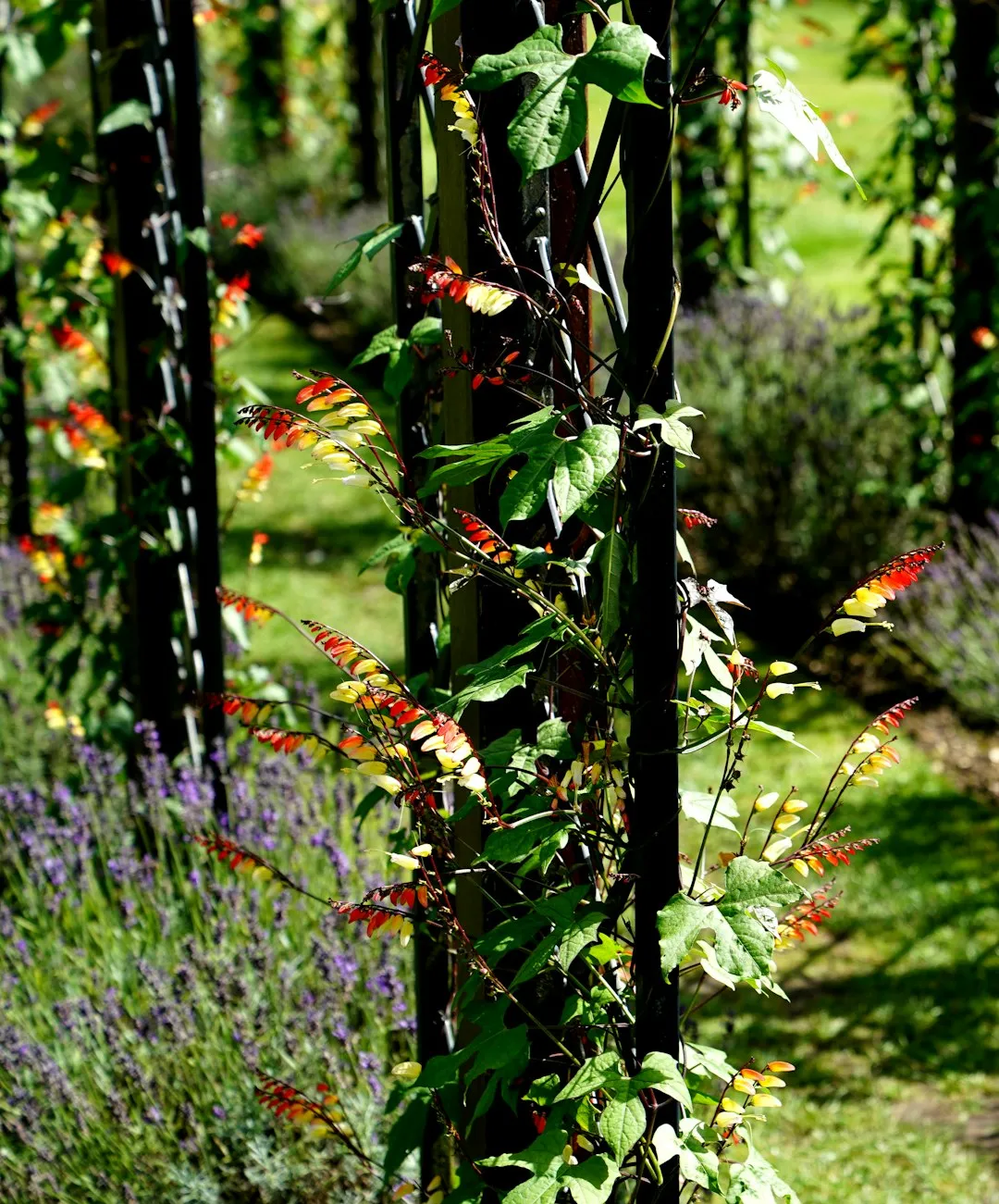Sweet Rewards: Cultivating Berries in Containers

Container gardening has become a popular choice for many gardening enthusiasts, especially those with limited space. It offers the opportunity to grow a variety of plants, including delicious berries like raspberries, strawberries, and blueberries. In this article, we'll explore the essential tips for growing these berries in pots, ensuring a sweet and bountiful crop.
First and foremost, choosing the right container is crucial. For raspberries, strawberries, and blueberries, a container that is at least 12 - 18 inches deep and wide is recommended. This provides enough room for the roots to grow and spread. The container should also have adequate drainage holes to prevent waterlogging, which can lead to root rot. You can use plastic, ceramic, or wooden containers, but make sure they are clean before planting to avoid any potential diseases.
Next, let's talk about the soil. Berries prefer well - drained, acidic soil. A good potting mix for berries can be made by combining equal parts of peat moss, perlite, and compost. Peat moss helps to acidify the soil, while perlite improves drainage. Compost adds essential nutrients to the soil, promoting healthy plant growth. Before filling the container with soil, you can also add a slow - release fertilizer specifically formulated for acid - loving plants.
When it comes to selecting the right berry plants, look for healthy specimens from a reputable nursery. For raspberries, choose varieties that are suitable for container growing, such as 'Heritage' or 'Autumn Bliss'. These varieties are more compact and produce a good amount of fruit. Strawberries come in different types, including June - bearing, ever - bearing, and day - neutral. June - bearing strawberries produce a large crop in early summer, while ever - bearing and day - neutral varieties produce fruit throughout the growing season. For blueberries, select dwarf varieties like 'Top Hat' or 'Sunshine Blue', which are well - suited for containers.
Planting the berries correctly is also important. When planting raspberries, dig a hole in the center of the container that is deep enough to accommodate the roots. Place the plant in the hole and backfill with soil, gently firming it around the base of the plant. For strawberries, plant them at the same depth as they were in the nursery pot, making sure the crown is at soil level. Blueberries should be planted slightly deeper than they were in the nursery, about an inch or two. After planting, water the plants thoroughly to settle the soil.
Proper watering is essential for the health of the berry plants. Berries in containers need more frequent watering than those planted in the ground, especially during hot and dry weather. Check the soil moisture regularly by sticking your finger about an inch into the soil. If it feels dry, it's time to water. Water the plants slowly and deeply, until water starts to drain out of the bottom of the container. Avoid getting the foliage wet, as this can lead to fungal diseases.
Fertilizing the berry plants is another key aspect of container gardening. In addition to the slow - release fertilizer added to the soil at planting time, you can also use a liquid fertilizer every few weeks during the growing season. Look for a fertilizer that is high in nitrogen, phosphorus, and potassium, as these nutrients are essential for plant growth and fruit production. Follow the instructions on the fertilizer package for the correct application rate.
Pruning is necessary to keep the berry plants healthy and productive. For raspberries, remove any dead or damaged canes in the early spring. You can also thin out the canes to improve air circulation and reduce the risk of diseases. Strawberries should have their runners removed regularly to encourage the plant to focus its energy on fruit production. Blueberries benefit from light pruning in the late winter or early spring to remove any dead or weak branches.
Pest and disease control is also a concern when growing berries in containers. Common pests that can affect berries include aphids, spider mites, and slugs. You can use natural pest control methods, such as spraying the plants with a mixture of water and dish soap to get rid of aphids and spider mites. For slugs, you can place slug traps around the containers. To prevent diseases, make sure the plants have good air circulation, avoid over - watering, and keep the foliage dry. If a disease does occur, you can use a fungicide or other appropriate treatment.
Finally, harvesting the berries at the right time is crucial for the best flavor. Raspberries are ready to harvest when they are fully colored and easily come off the stem. Strawberries should be picked when they are bright red and fully ripe. Blueberries are ready to harvest when they are a deep blue color and have a slight give when gently squeezed. Enjoy the sweet rewards of your container - grown berries!
In conclusion, growing raspberries, strawberries, and blueberries in containers is a rewarding and enjoyable experience. By following these essential tips on container selection, soil preparation, plant selection, planting, watering, fertilizing, pruning, pest and disease control, and harvesting, you can ensure a sweet and bountiful crop of delicious berries. So, get started with your container garden and enjoy the fresh, home - grown berries all season long.